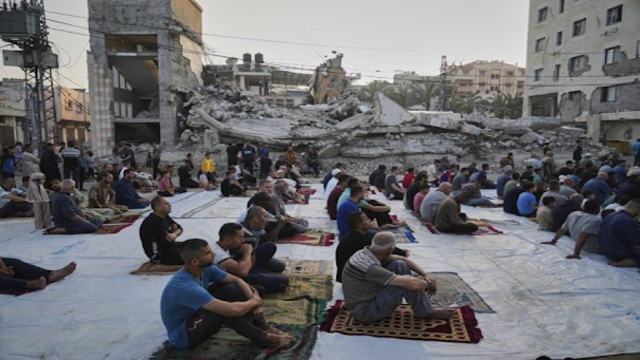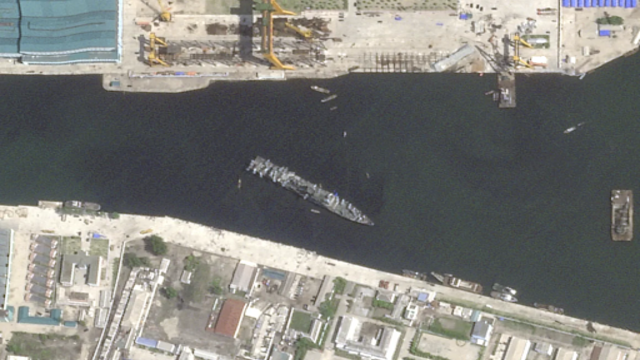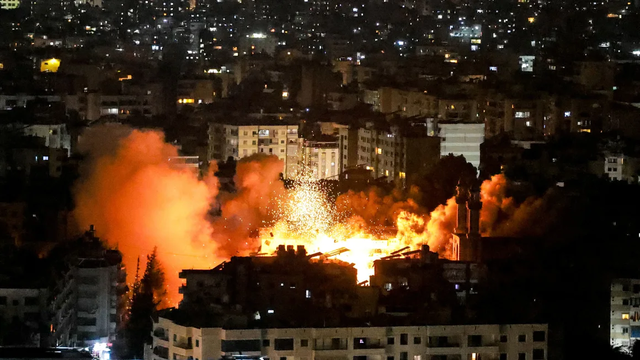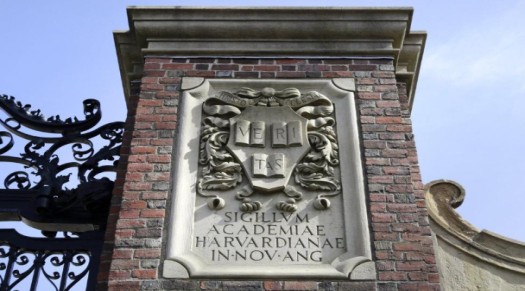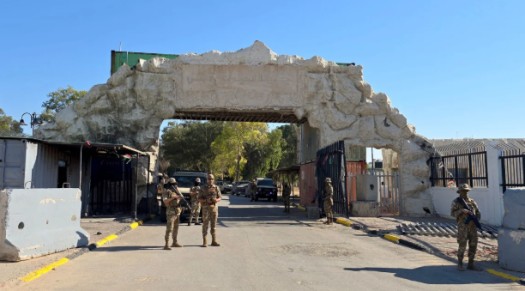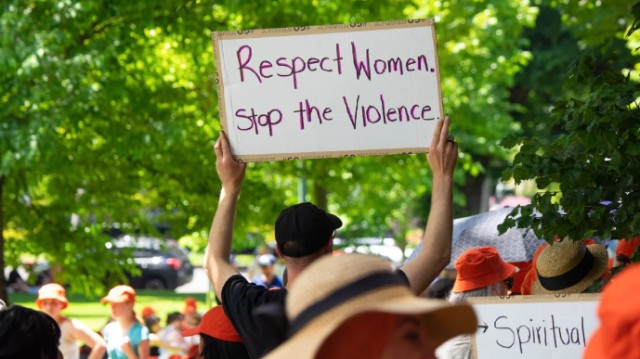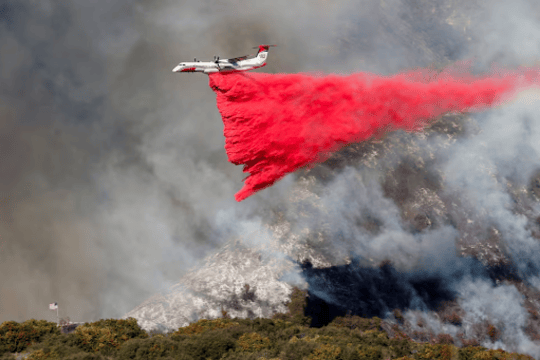
Mandeville Canyon, Los Angeles, January 11, 2025. (Photo: Reuters)
Firefighters in Los Angeles have been working tirelessly to control two major wildfires that have been raging for six days. As of Sunday, they faced a brief period of relief in hazardous conditions, with high winds expected to return and intensify the flames. The fires have claimed the lives of at least 24 people and caused extensive damage to thousands of homes. Governor Gavin Newsom described the fires as potentially the most destructive natural disaster in U.S. history, with over 12,000 structures either damaged or destroyed.
The flames have affected both wealthy neighborhoods and ordinary areas, leaving a scene of devastation across the city. Officials reported that more than 100,000 residents have been forced to evacuate, and the risk is still high as the fires continue to spread. Los Angeles County Supervisor Lindsey Horvath expressed the emotional toll the community is facing, stating that it was a night of "unimaginable terror and heartbreak."
Aerial firefighters have been actively working to contain the fires by dropping water and fire retardant, while ground crews with hand tools and hoses are holding the line on the Palisades Fire, which is threatening the upscale Brentwood area. This fire on the western side of Los Angeles has burned 23,713 acres, and firefighters have managed to control only 11% of its perimeter.
Another fire, the Eaton Fire, has scorched 14,117 acres in the foothills east of the city, and although its containment has improved to 27%, there is still much work to be done. Other fires in the region, including the Hurst Fire, are nearing full containment, with 89% control.
The weather has been a significant factor in the spread of these fires. The Santa Ana winds, which reached hurricane strength earlier in the week, have finally subsided temporarily. However, the National Weather Service forecasts that these dry, gusty winds will return, with speeds of up to 70 mph, further threatening to fuel the flames.
As the fire danger remains high, officials have warned that more people could be forced to evacuate as conditions worsen. The fires are not expected to be fully contained until the Santa Ana winds ease, which may not be until Thursday. Although the city’s schools are set to reopen on Monday, the fires’ impact on the education system has been significant, with the Los Angeles Unified School District closing for two days, affecting around 429,000 students.
In terms of economic impact, Governor Newsom noted that the disaster could be the most costly in U.S. history, with damage estimates ranging between $135 billion and $150 billion. To assist in the rebuilding process, Newsom signed an executive order to temporarily suspend environmental regulations for homes and businesses that were destroyed.
The firefighting efforts have received assistance from firefighters across seven states, as well as from Canada and Mexico. The U.S. military is also on standby to provide further support if necessary. Despite the challenges, people like Tristin Perez in Altadena have stayed behind to help protect their properties, facing immense danger to save their homes and neighbors’ houses. His home survived the flames, but nearby homes were completely destroyed.
The disaster has left many residents, like Zuzana Korda, uncertain about their futures. Korda was evacuated from her home in Topanga, and although her landlord reported that her home is still standing, the fear of losing everything remains. The fires have not only taken lives but have also left families devastated and uncertain about what comes next.



